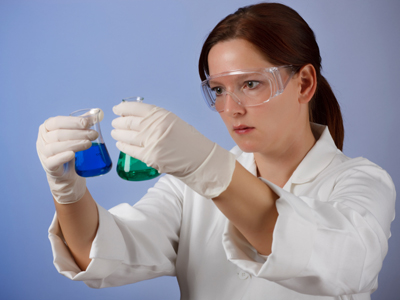
Rates of Reaction 3
This Chemistry quiz is called 'Rates of Reaction 3' and it has been written by teachers to help you if you are studying the subject at high school. Playing educational quizzes is a user-friendly way to learn if you are in the 9th or 10th grade - aged 14 to 16.
It costs only $12.50 per month to play this quiz and over 3,500 others that help you with your school work. You can subscribe on the page at Join Us
Many factors affect rates of chemical reactions - pressure of gasses, temperature, surface area of solids, concentration and if there is a catalyst. Anything that will change the probability of particles colliding or change the energy of the collisions will affect the rate of a reaction. This is the last of three high school Chemistry quizzes looking at these factors.
Ready for more?
not all...
quizzers. Try to win a coveted spot on our Hall of Fame Page.







